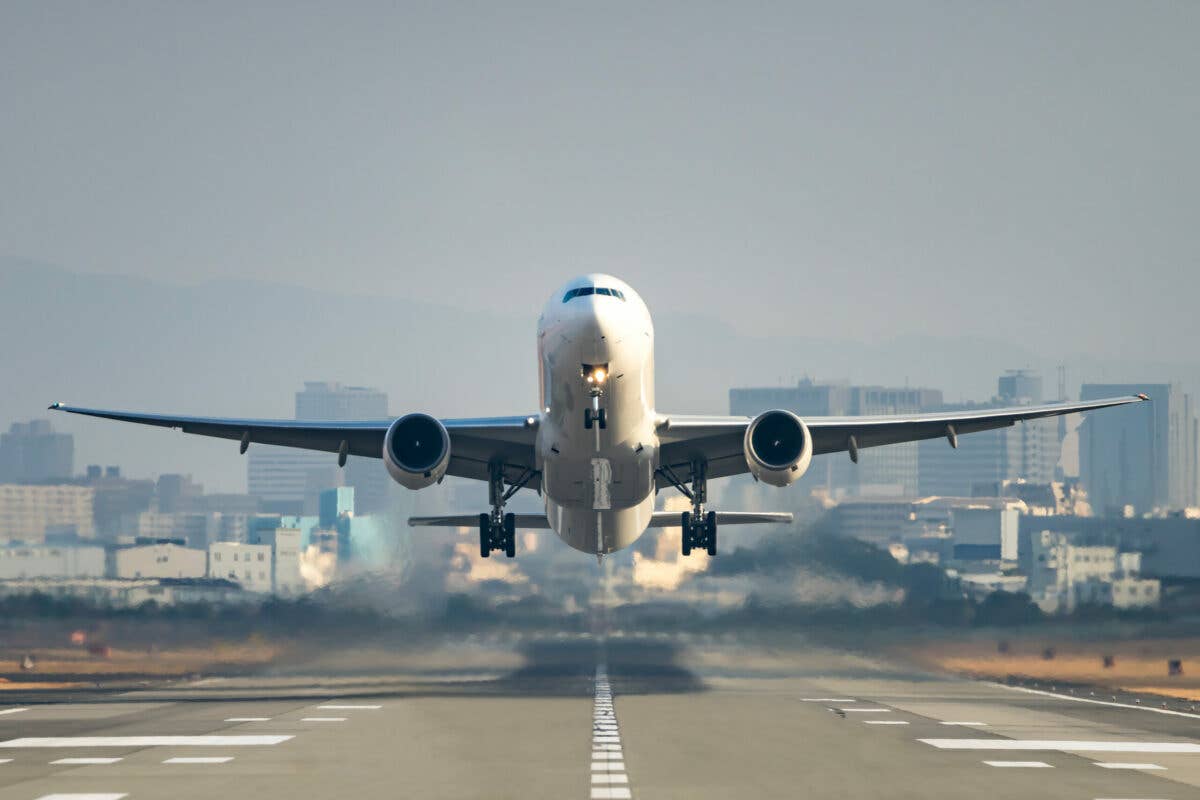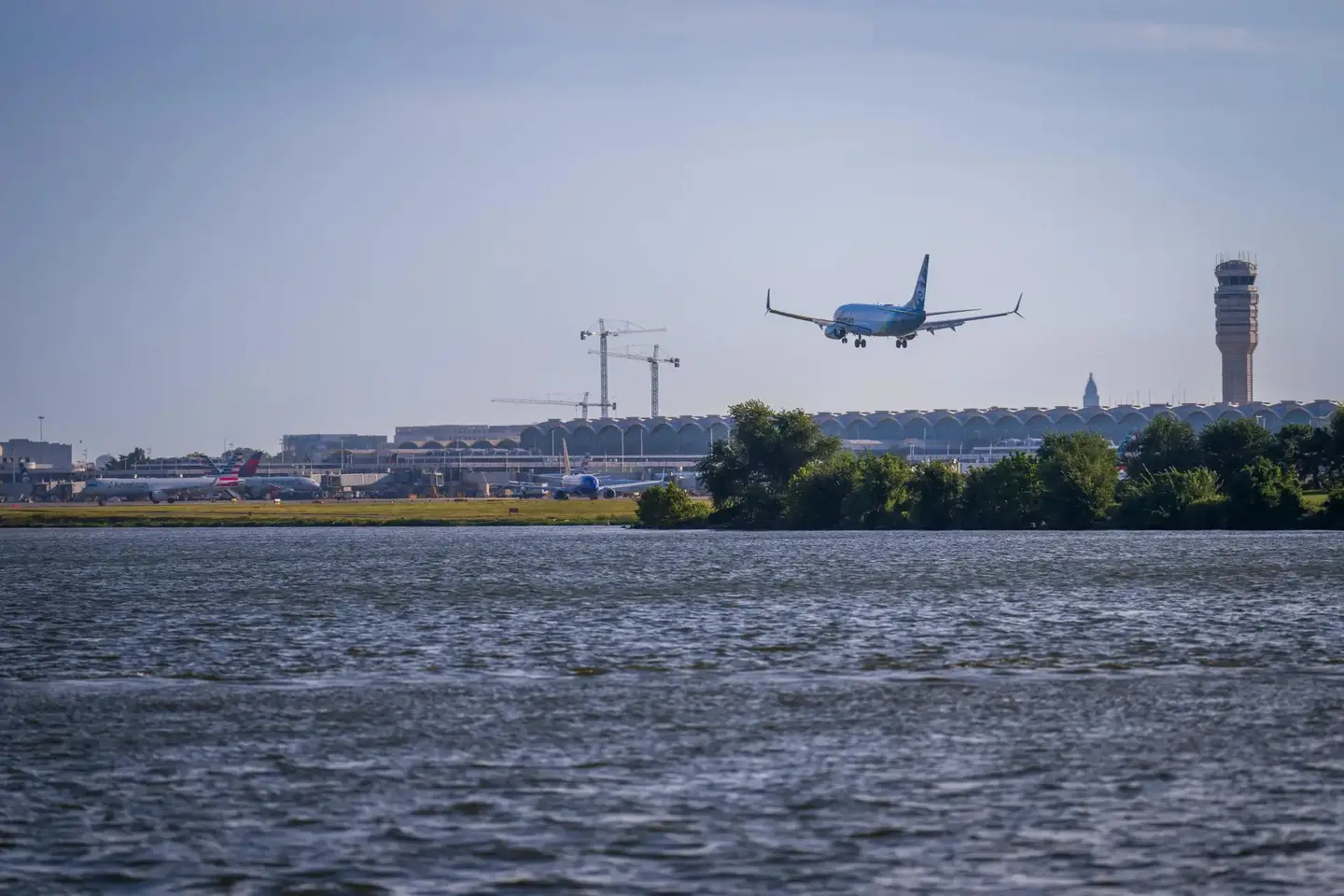FAA Tells Pilots to Prep for Delays Due to Total Solar Eclipse
Here’s what the agency recommends pilots should do before flying during the April 8 astronomical event

A total solar eclipse is seen on Monday, August 21, 2017, from onboard a NASA Armstrong Flight Research Center’s Gulfstream III 25,000 feet above the Oregon coast. [Courtesy: NASA/Carla Thomas]
On April 8, millions in the U.S. will be watching the total solar eclipse—and many may be doing it from an aircraft cockpit.
If you are one of those, the FAA is asking pilots to plan ahead and file a preferred IFR route as the safety agency expects there will be increased workload in the path of the eclipse.
In addition, pilots intending to operate in airspace and at airports in the eclipse’s path of totality should be aware of operational changes.
"Many regular activities, such as practice approaches and pilot operations at airports in the path of the eclipse, may be extremely limited and possibly prohibited…," the FAA said. "Pilots should check NOTAMs and temporary flight restrictions frequently to ensure they have current information,"
- READ MORE: NASA Gears Up for 2024 Total Solar Eclipse
Pilots should also be prepared for air traffic delays since some airports may be closed to aircraft without a reservation. Parking also could be extremely limited.
"There are pilots who chase the eclipse," said Robyn Higdon, executive producer of Total Solar Eclipse Live. "I've seen entire airports close down during a solar eclipse. Sometimes the aircraft just stop on the runway and the pilots have picnics."
Higdon has spent the past 35 years working at the Exploratorium—a scientific educational venue in San Francisco. Since 1998 the organization has been providing broadcast coverage of eclipses in partnership with NASA.
An eclipse occurs when one heavenly body, such as a moon or planet, moves into the shadow of another heavenly body. A total solar eclipse takes place when the sun, moon, and Earth are in a direct line. When the moon's shadow hits the Earth, the sky darkens. Weather permitting, people in the path of the total solar eclipse can see the sun’s corona.
In the U.S., the 2024 total solar eclipse will begin in Texas and move northeast toward Maine. For those not in the path, Total Solar Eclipse Live will provide a video feed.
"The first year we covered it online was 1998,” Higdon said. “The internet was still a new thing, and we put up JPEGs,” Higdon said. “So many people—about 1 million—logged on to see that it crashed the server"
As the technology improved, however, so did the Exploratorium's ability to share the event via livestream with the world.
- READ MORE: The Solar Eclipse—an Aerial Perspective
For the upcoming eclipse, Higdon and a small army of astronomers, video production engineers, and talent are heading to cities within the states the eclipse will cover. They will arrive several days in advance to make sure equipment is working and telescopes and cameras are properly calibrated.
According to Higdon, it takes several hours for the moon to move in front of the sun, and totality —when it completely covers the sun— usually lasts approximately three minutes.
"It's a very emotional event for most people," she said. "Even watching it on a video feed people scream and cry. It's very important that you stay in the moment and be part of the shared experience. People want to take pictures but miss the deep experience of the moment because they are messing around with their camera. Leave the photography to the professionals."
Looking at the sun can cause permanent eye damage—even if you are wearing sunglasses—so use special eclipse glasses or bring a colander or something with small holes in it that will allow watching the shadows made by the event.
NASA has provided an interactive map to show the area where the eclipse can best be viewed. That Eclipse Explorer tool may be found here.

Sign-up for newsletters & special offers!
Get the latest FLYING stories & special offers delivered directly to your inbox






